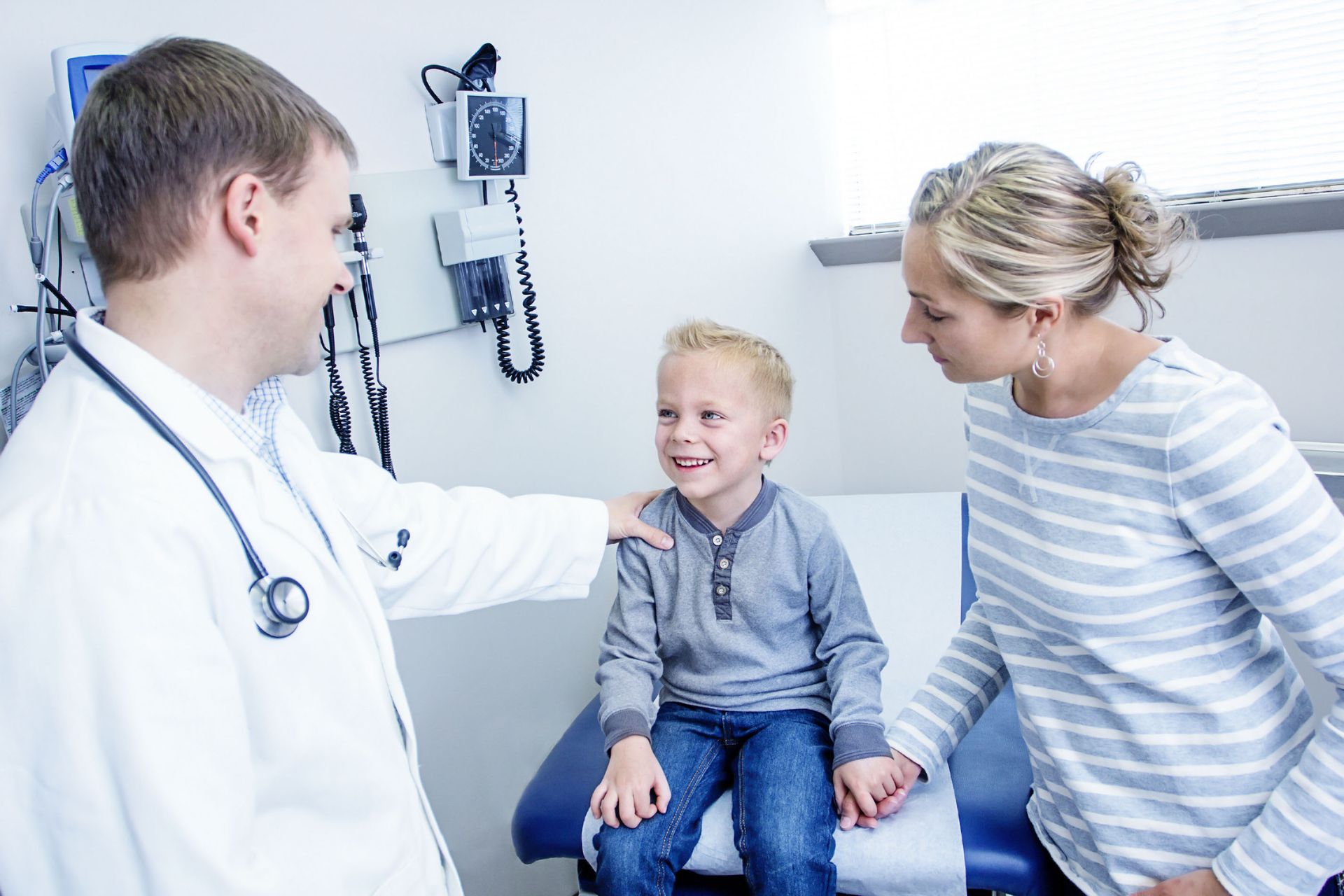3 Key Differences Between Adolescent and Pediatric Care
As children grow, their healthcare needs evolve, prompting a shift from pediatric to adolescent care. While pediatric care focuses primarily on the needs of infants and young children, adolescent care addresses the unique challenges faced by teenagers as they transition to adulthood. Understanding the fundamental differences between these two types of care is essential for parents, caregivers, and pediatricians in ensuring optimal health outcomes for youth at different developmental stages.
1. Evolving Physical Needs
One primary difference between pediatric and adolescent care is the emphasis on physical versus psychological health. Pediatric care often revolves around growth milestones, immunizations, and the prevention and treatment of common childhood illnesses. Conversely, adolescent care must deal with the more complex biological and psychological changes teens experience, including puberty, sexual health, and mental health issues. According to The Pediatric Health Information System, adolescent mental health cases among emergency department discharges were 20% higher in 2022 than in 2019, indicating a growing need for targeted mental health interventions during these formative years.
2. Increasing Patient Confidentiality
Another key difference involves the approach to healthcare autonomy and confidentiality. Pediatric care typically involves significant parental involvement and decision-making, reflecting the young age and dependence of the child. As children mature into adolescents, there is a gradual shift towards greater healthcare autonomy, often reflected in confidential medical consultations between the adolescent and the healthcare provider. This transition is crucial for fostering a sense of responsibility and encouraging open communication about sensitive health issues, such as substance use or sexual activity, without fear of judgment or repercussions from parents.
3. Differing Social Needs
The healthcare setting and communication style also differentiate pediatric and adolescent care. Pediatric environments are often designed to be bright and comforting for younger patients, featuring child-friendly decorations and age-appropriate distractions. In contrast, adolescent care settings might adopt a more neutral or mature aesthetic to better resonate with teenage patients. Moreover, healthcare professionals working with adolescents need to employ a more respectful and engaging communication style, recognizing the developmental need for respect and validation in their interactions. This helps in building trust and promoting a positive health experience for adolescents navigating their complex transitional stages.
Understanding the distinctions between adolescent and pediatric care is essential for effective healthcare delivery. These variations underscore the evolving physical, psychological, and social needs as children mature. By acknowledging and adapting to these differences, healthcare providers, parents, and caregivers can better support youth through their unique health journeys, ultimately promoting healthier transitions into adulthood. If you would like to talk more with pediatricians about getting the proper care for your child, reach out to Great Beginnings Pediatric & Adolescent Medicine today.



Share On: